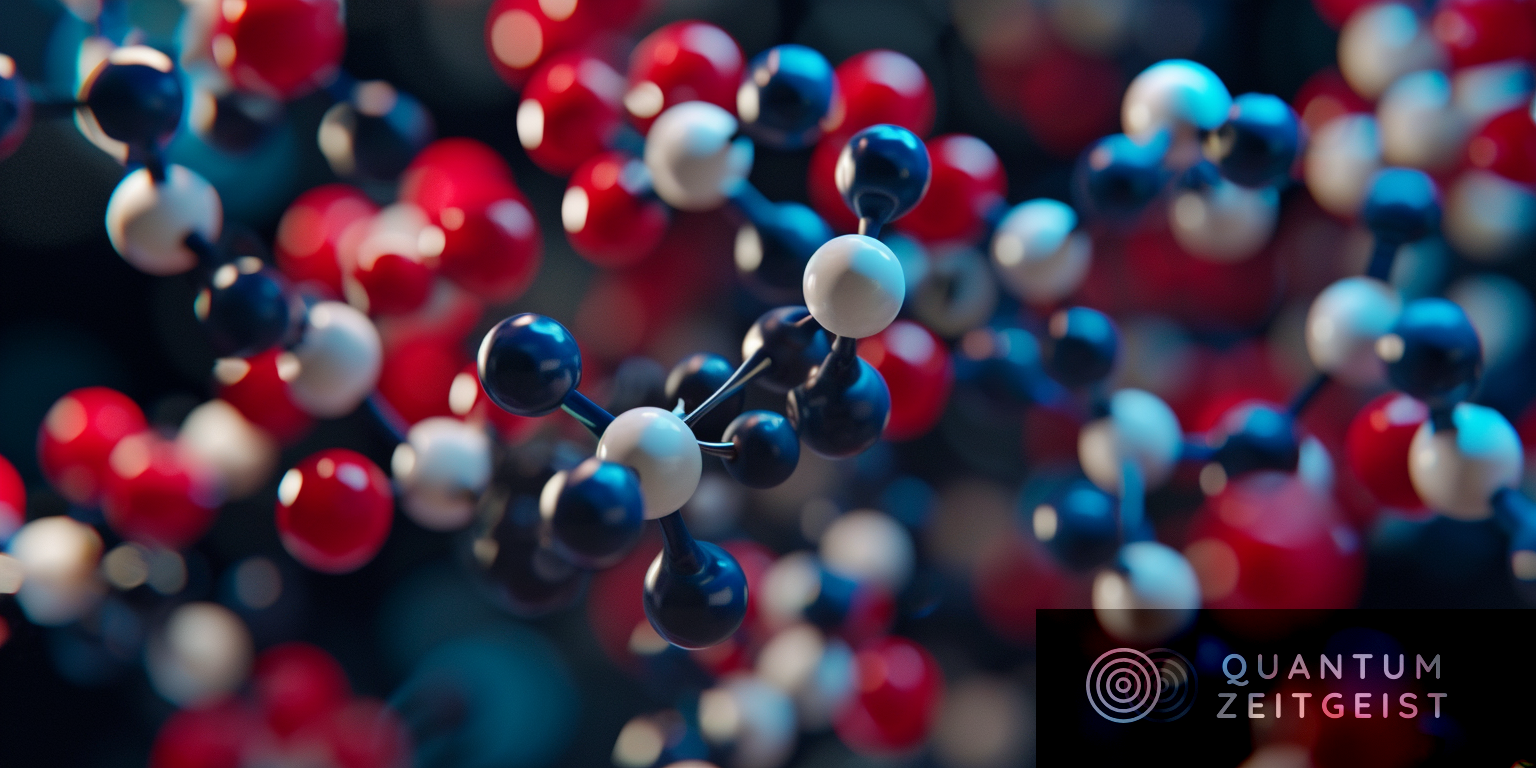Philip Shushkova from Indiana University Bloomington’s Department of Chemistry has developed a new mechanism for spin relaxation in molecular qubits, which are emerging as a promising platform for quantum information processing. Shushkova derived a molecular spin Hamiltonian that includes adiabatic and nonadiabatic spin-dependent interactions. A rate model was also developed to estimate the spin relaxation time of these interactions. The research, which was applied to CuII porphyrin, a prototypical molecular qubit, could have significant implications for developing room-temperature quantum technologies.
Introduction to Molecular Qubits and Spin Relaxation
Philip Shushkova from the Department of Chemistry at Indiana University Bloomington has developed a new mechanism for spin relaxation in molecular qubits. Molecular qubits, paramagnetic systems with long spin-coherence times, are emerging as a promising platform for quantum information processing. The molecular electronic spin is an excellent candidate to encode quantum information due to its protection by time reversal symmetry. However, a major limiting factor to the room-temperature quantum information storage in molecular qubits is the spin relaxation time, which characterizes the timescale of thermal equilibration of the electronic spin by the molecular vibrational motion.
Theoretical Basis for Molecular Spin Interactions
The spin relaxation theory dates back to the pioneering work of Van Vleck, Mattuck and Strandberg, and Orbach, who focused on the relaxation dynamics of paramagnetic impurities in crystals. They showed that both adiabatic and nonadiabatic processes can dominate the spin relaxation time depending on the specifics of the electronic structure of the paramagnetic impurities. Density functional theory and multireference wavefunction approaches have provided a firm theoretical basis to predict molecular spin interactions.
Derivation of Molecular Spin Hamiltonian
Shushkova’s goal was to derive a molecular spin Hamiltonian that includes both adiabatic and nonadiabatic spin-dependent interactions and to implement the computation of the matrix elements of this Hamiltonian using density functional theory. The derived molecular spin Hamiltonian contains a novel nonadiabatic spin-vibrational orbit interaction together with the traditional molecular Zeeman and zero-field splitting interactions that have an adiabatic origin.
Development of Spin Relaxation Rate Model
Shushkova further developed a rate model to estimate the contribution to the spin relaxation time of the interactions in the molecular spin Hamiltonian. The rate model is specialized to elevated temperatures and evaluates the spin relaxation time via the two-phonon Raman process using density functional calculations on the isolated paramagnetic molecule.
Application to CuII Porphyrin
A pilot application of the molecular spin Hamiltonian together with the spin relaxation rate model to CuII porphyrin, a prototypical S=1/2 molecular qubit, demonstrates that the two-phonon spin relaxation time is dominated by the nonadiabatic spin-vibrational orbit interaction with doubly degenerate normal modes being the major vibrational relaxation channel. The computed spin relaxation rate and its magnetic field orientation dependence are in excellent agreement with experimental measurements.
Conclusion and Future Directions
The paper concludes with an outline of future directions, including the numerical evaluation of the molecular spin Hamiltonian matrix elements using density functional theory and the application of the new approach to other molecular systems. The results of this research could have significant implications for the development of room-temperature quantum technologies.
A new article titled “A novel non-adiabatic spin relaxation mechanism in molecular qubits” was published on January 29, 2024. The author of the article is Philip Shushkov. The article was published on arXiv, a source from Cornell University. The article discusses a new non-adiabatic spin relaxation mechanism in molecular qubits. The DOI reference for the article is https://doi.org/10.48550/arxiv.2401.16738.

